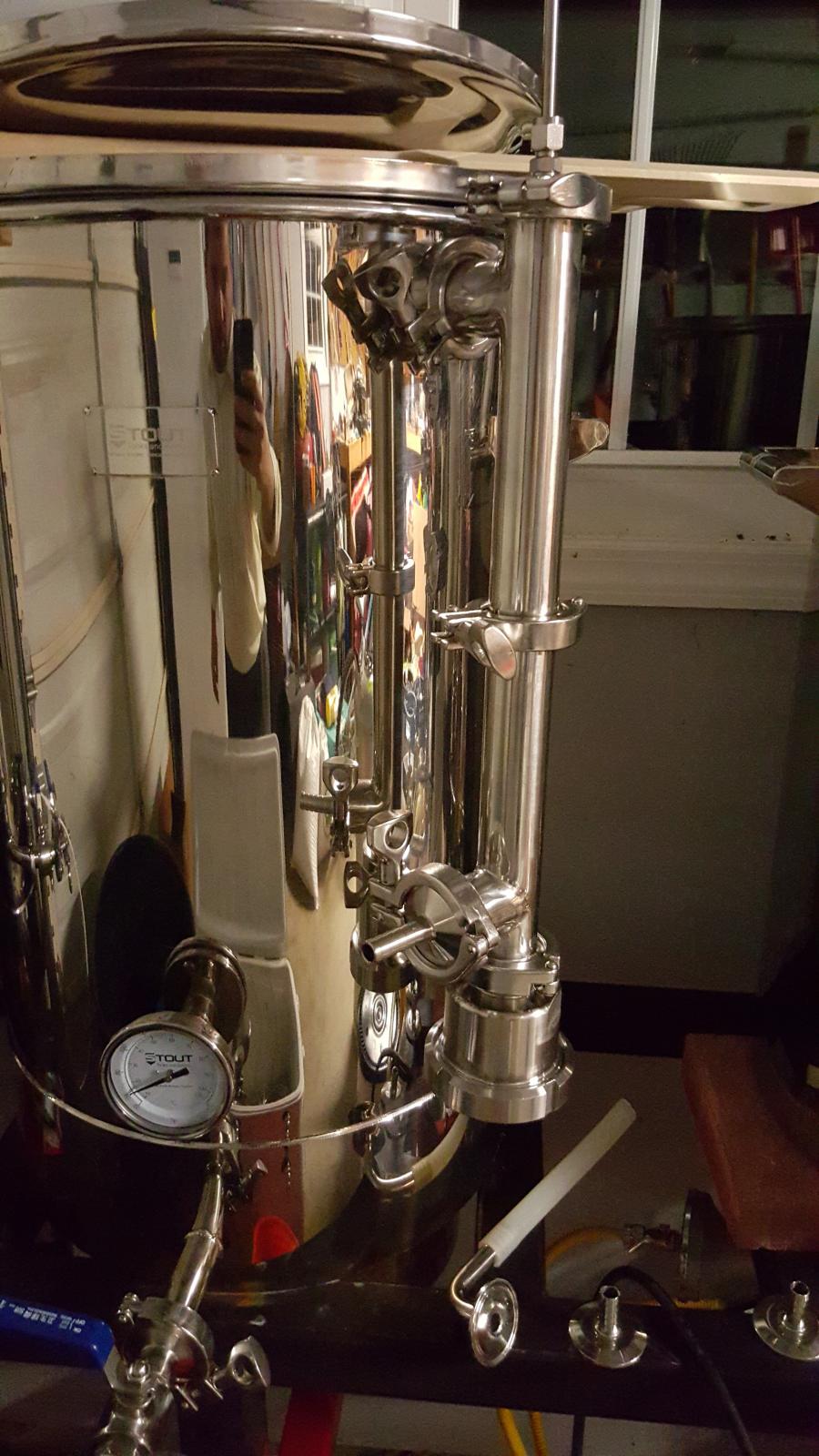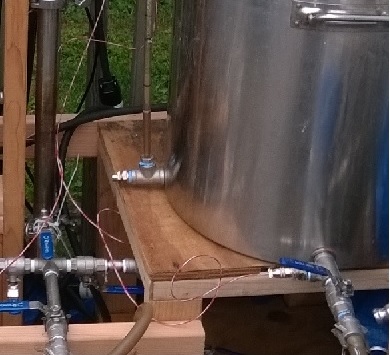ryanryates
Well-Known Member
Hey all -
So, after fumbling with the Stout tanks HERMS coil with little success, I've upgraded to a RIMS. The HERMS coil was too inefficient and took forever to change temperatures during the mash. I still need to wire into the control panel , but the stainless sure looks pretty.
I have a 5500 watt element that will be running off of 120V inside the tube. Will follow up once it's up and operational.

So, after fumbling with the Stout tanks HERMS coil with little success, I've upgraded to a RIMS. The HERMS coil was too inefficient and took forever to change temperatures during the mash. I still need to wire into the control panel , but the stainless sure looks pretty.

I have a 5500 watt element that will be running off of 120V inside the tube. Will follow up once it's up and operational.

















![Craft A Brew - Safale S-04 Dry Yeast - Fermentis - English Ale Dry Yeast - For English and American Ales and Hard Apple Ciders - Ingredients for Home Brewing - Beer Making Supplies - [1 Pack]](https://m.media-amazon.com/images/I/41fVGNh6JfL._SL500_.jpg)










































